
Lava Good Exhibit
Volcanic 3D: Melbourne Museum’s immersive (and explosive) exhibit.
Text:/ Matt Caton
Images courtesy of Museum Victoria
The world of 3D imaging has managed to infiltrate its experience into most of life’s finer (and not so fine) entertainment activities: movies, television, video games, pornography. In fact, I opened the newspaper today to find a voucher to collect my free 3D footy cards. As far as fads in entertainment go, 3D is clearly this year’s clubhouse leader. But with this saturation, has come a difficulty to ever really be impressed by the 3D experience. It’s almost come to the point where most of us can say “I’ve seen it all before”. But if you haven’t been immersed by 3D in full-surround stereoscopic 360 degrees, then I’m afraid to inform you that you really haven’t seen (or heard) it all before.
Rio Tinto Volcanic 3D in AVIE by iCinema UNSW, is the centrepiece of Melbourne Museum’s exhibition Dynamic Earth, and takes the 3D experience to a whole new level. The highly visual and immersive exhibition explores the story of the Earth’s formation, structure and power, and is highlighted when visitors discover the computer animations of volcanic activity presented in a seamless 360° image. Wearing polarised glasses, the dual-projector passive 3D technology allows visitors to be immersed into a world of falling lava, ash, rocks and minerals and at times, even interact with it.
Developed by the iCinema Centre for Interactive Research at UNSW, AVIE (Advanced Visualisation and Interaction Environment) is a large-scale solution for immersive interactive stereoscopic 360° visualisation. Museum Victoria entered into an Australian Research Council partnership with the iCinema Centre to supply and install the AVIE for Volcanic 3D. During the development of the exhibit, Rio Tinto executives were invited to view the work in progress and were so impressed by the project that they agreed to provide a corporate sponsorship.
LAVA DOMES
“The AVIE exhibit offers a unique way for visitors to experience environments which would be impossible to visit in real life,” explains Joe Coleman, Museum Victoria’s technical manager on the project. “Underwater volcanoes, bubbling lava tunnels, and eruptions take visitors on quite the memorable journey, while the surround sound enhances the immersive nature of the experience.” Joe and his in-house team were responsible for coordinating the installation of the display hardware and software, integrating lighting and audio systems, and developing the sensor technology for the interactive components of the presentation.
The Interactive volcanic world is brought to life on a custom-made 4m (H) x 31.4m (W) cylindrical silver-surface perforated projection screen from Tüchler. The 3D video projection comes from six stereo-pairs of Projectiondesign F22 SX+ projectors, fitted with wide angle lenses. The projectors are secured to a truss ring that sits above the cylindrical screen providing front projection positions to all 360° of screen. Signal routing is handled via a Gefen 16 x 16 DVI Matrix and is distributed over Gefen Dual Link DVI cables.
The space is rounded out by some subtle floor lighting, courtesy of Osram Dragon Point LED strip from Lamp Replacements.
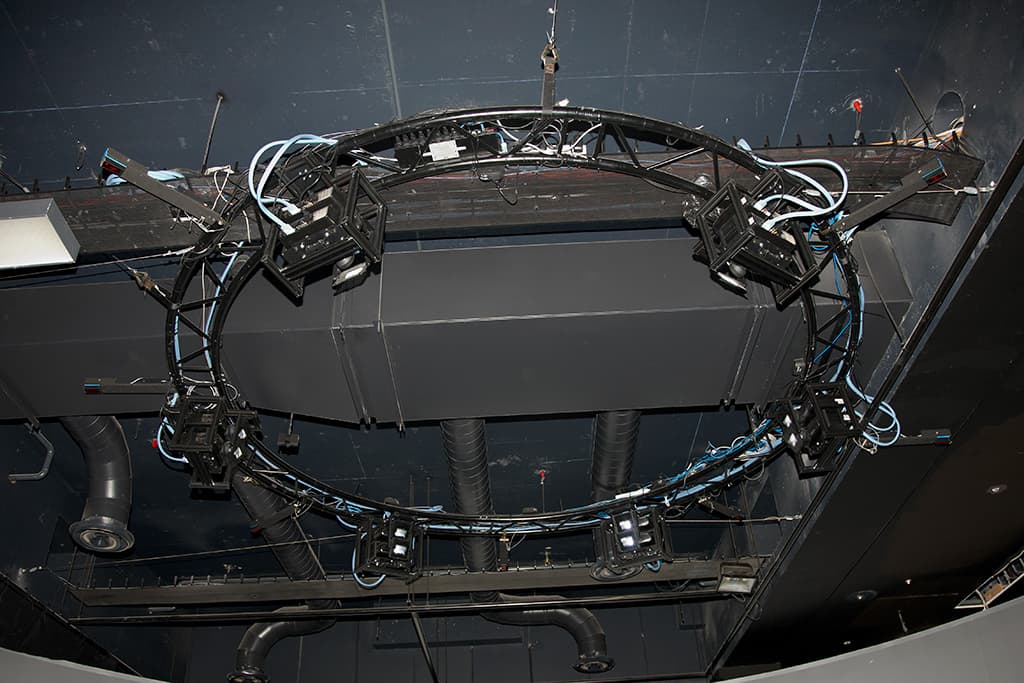
INTERACTIVE VOLCANOES
The cylindrical cinema space can accommodate up to 30 people and, thankfully, it doesn’t try to push its participant’s patience by running for too long like say, the movie Avatar. The whole experience can clock in somewhere between 12 and 15 minutes, depending on the level of interactivity triggered. Users can choose to interact by standing on glowing floor rings at certain segments of the presentation, which allows more information to ‘fly up’ in front of them. “We don’t explain how the show works to visitors before they enter, we prefer it to be an experience that they create and discover for themselves,” explains Coleman.
Ethernet-linked Sick DS60 IR laser range finding sensors in the floor rings trigger a control computer that activates additional text, video and animations to provide the extra layer of information. The Museum Victoria in-house production team built the interactive electronics, provided the content, conceptual design and the hardware. This allowed the iCinema Centre to modify the existing software to enable the interactive function.
THE FORMATION
Each of the cylinder’s six sectors is fed by its own high-performance Xeon workstation with an Nvidia Quadro FX graphics card to generate the left and right eye image playback. An additional Xeon workstation synchronises the whole show and handles the input from the interactivity sensors, coordinates the lighting, and interfaces with the museum’s multimedia control system.
The playback software was originally developed by the iCinema team for real-time applications such as a motion tracking system. The Volcano 3D exhibition saw the AVIE environment animated for the first time. As a result, the technical direction, stereoscopic software development and high resolution rendering required to play animations in the AVIE system, were developed specifically as part of this project.
The content for the show was a collaborative effort. The pre-rendered animation sequences were produced by Mike Hollands and Cam Crighton of Act3 Animation, while all other original content including photos, video and text was sourced and produced internally by Museum Victoria.
“”
a great opportunity to take the museum’s in-house AV team to a whole new level of geekiness
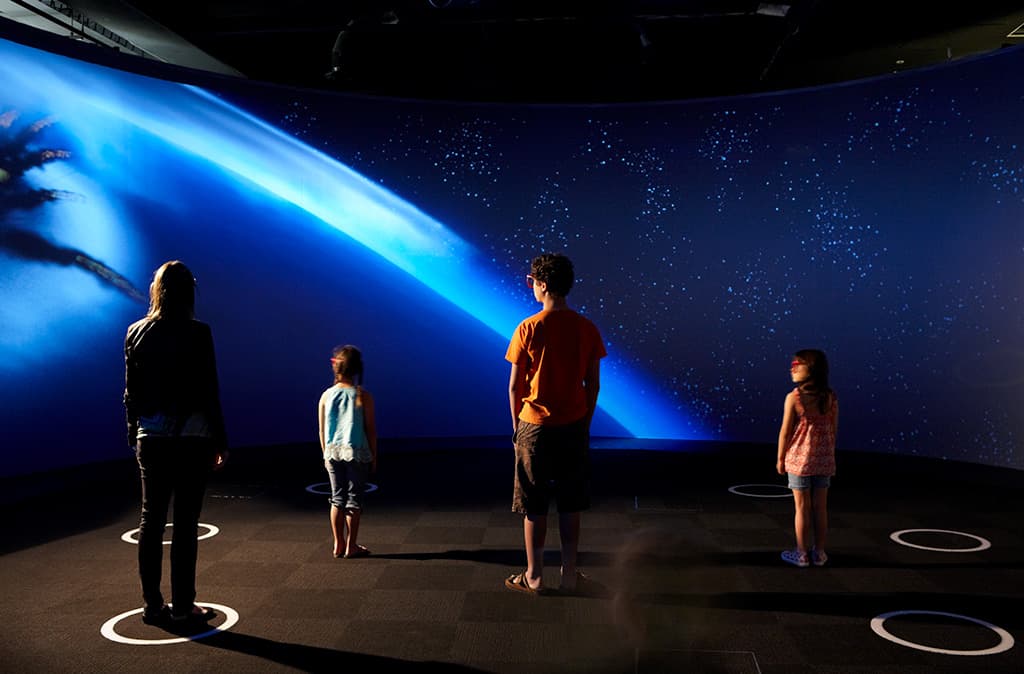
THE SOUND DIMENSION
Realistic sound effects and evocative abstract sounds enhance the dramatic nature of the animations, while the sound for this experience provides the ambient soundscape for the rest of the exhibition. David Chesworth of Wax Sound Media worked closely with the animation designers and programmers to provide tightly-integrated sound effects and compositional sound. While the compositional score is in many places incidental, it helps to enhance the immersive atmosphere.
Audio playback for the six stereo-sector (12.2 channel) surround-sound system comes from a pair of RME Fireface 400 audio cards which feed 12 x Genelec 6010A active studio monitors and two active sub-woofers.
iCINEMA
The AVIE environment was originally created and developed (and is still owned by) the iCinema Centre for Interactive Cinema Research at the University of New South Wales. It uses a suite of high-end hardware and software resources to enable the development of applications in Virtual Reality and Artificial Intelligence. It has previously been installed as core visualisation infrastructure at ZKM Centre for Art and Media in Germany, the City University of Hong Kong and Rensselaer Polytechnic University in New York, where it forms the centrepiece of many research and teaching programs.
“Working with such cutting-edge technology made this a highly rewarding project to be involved with,” says Coleman, who also jokes, “it was also a great opportunity to take the museum’s in-house AV team to a whole new level of geekiness.”
It’s always a challenge for museums to keep their exhibitions fresh and relevant to their audience, and with so many other competing forms of entertainment and education, it’s refreshing to see Museum Victoria embracing technology such as this and creating an immersive environment that could excite even the most jaded of 3D game-playing couch potatoes.
PROJECT CREDITS
Client: Museum Victoria: www.museumvictoria.com.au
Exhibition Producer: Kathy Fox
Head Curator: Kate Phillips
Multimedia Production Coordinator: Jenni Meaney
Technical Manager: Joe Coleman
AVIE system design and install: iCinema UNSW: www.icinema.unsw.edu.au
3D animation: Act3 Animation: www.act3animation.com
Sound Design: Wax Sound Media: www.waxsm.com.au
Lighting Design: Brenton James
Technical assistant: Wayne De Ingenis
In-house interactive sequences: Stephen Dixon and Warik Lawrence

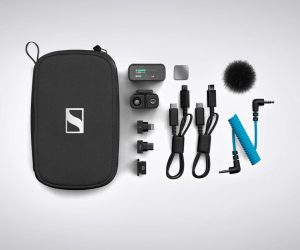
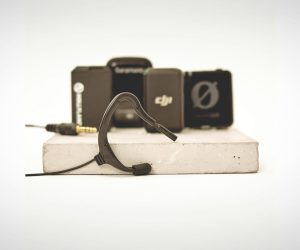






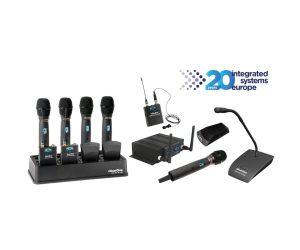
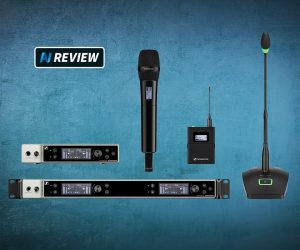
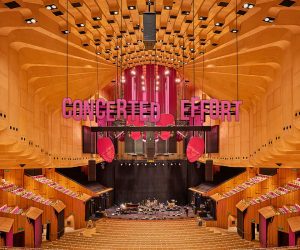



RESPONSES